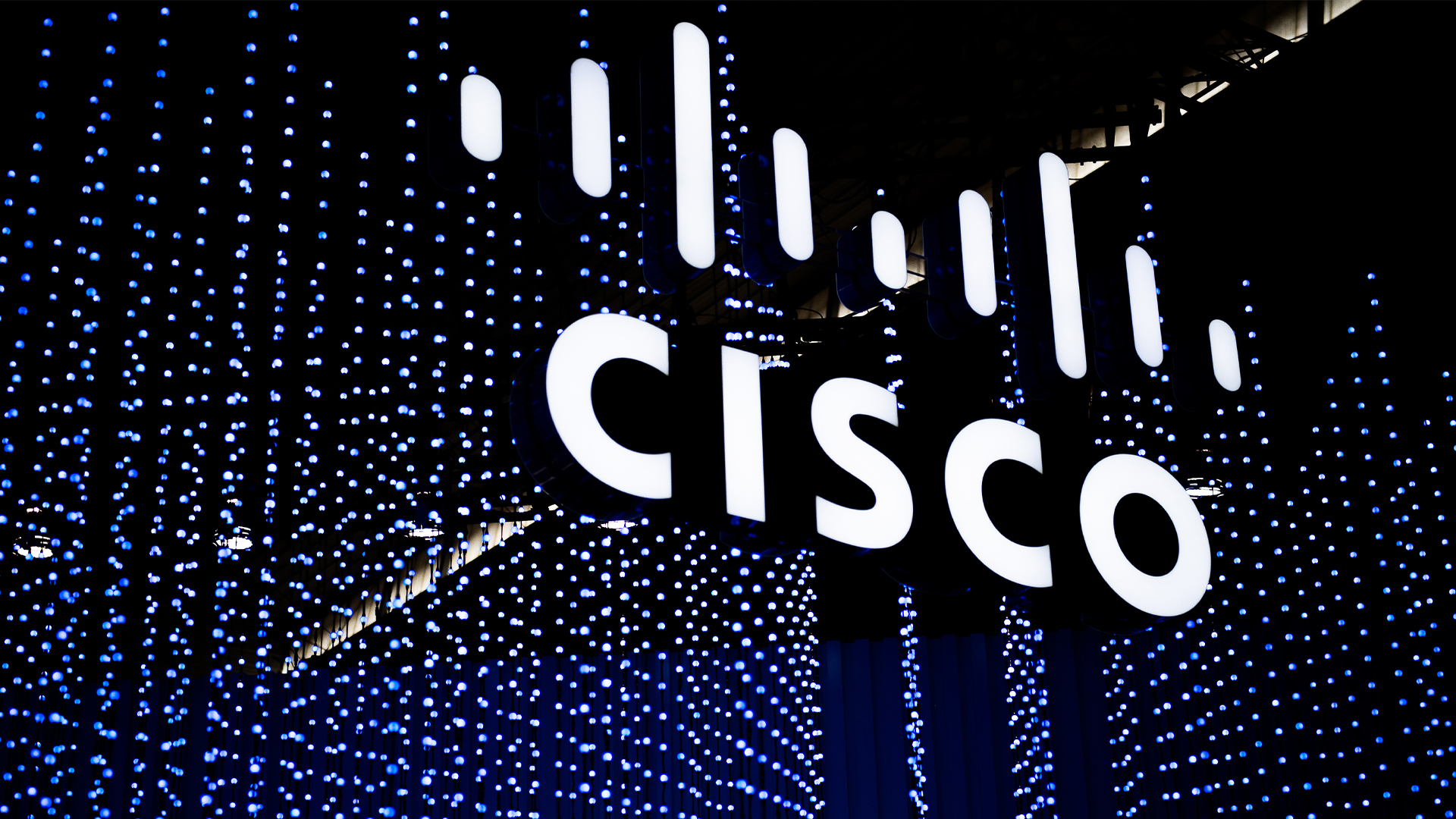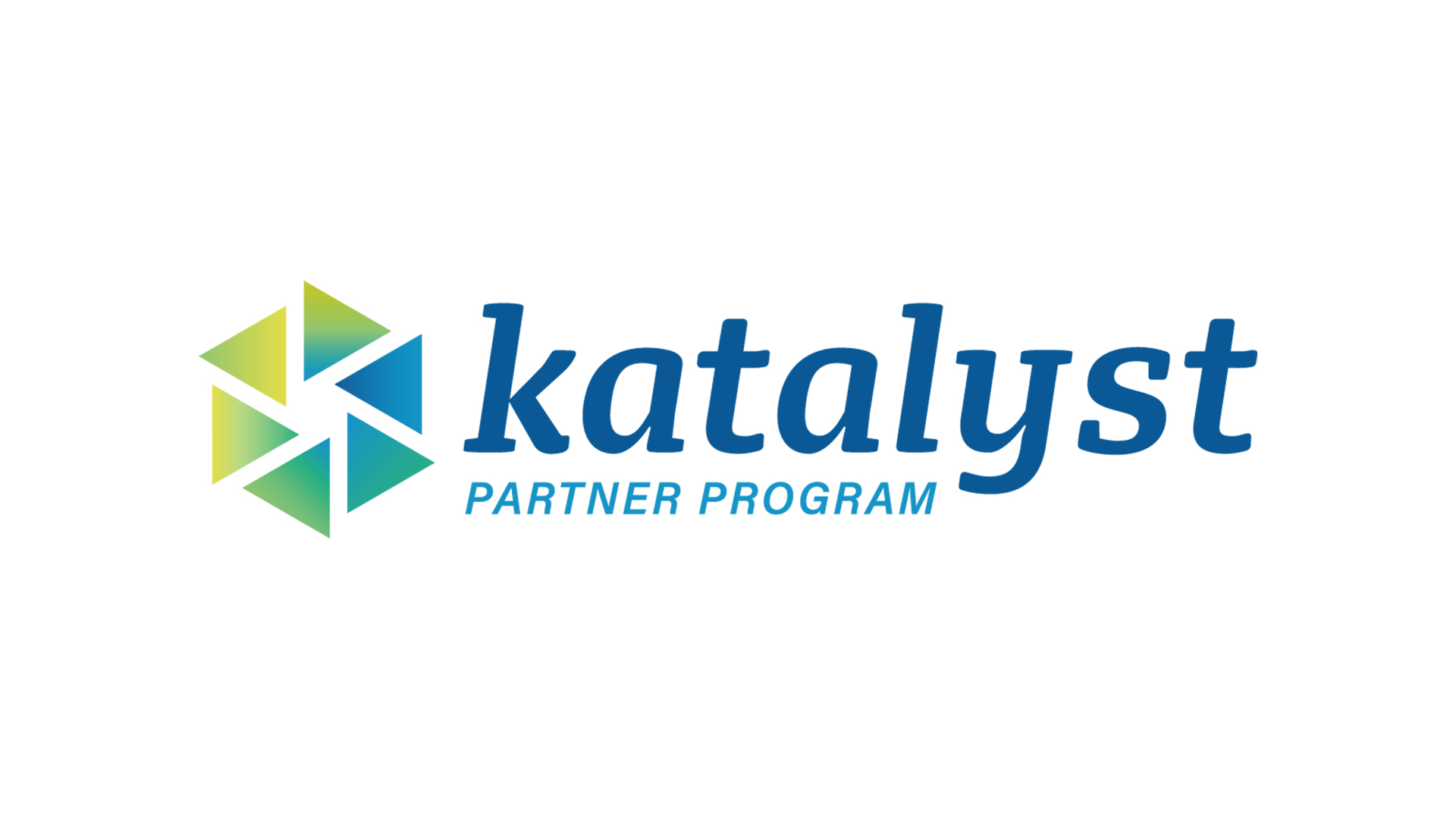Breaking into the European channel – A guide for US vendors
How can US vendors overcome geographical and regulatory challenges and thrive in Europe?

Widely considered the vanguard of Europe for US vendors, the European channel represents a multifaceted criss-cross of national state borders and regulations. For traditionally US-focused IT vendors, accessing the European market involves a formidable learning curve thanks to disparate geography and boundless red tape. In addition, regulations constantly evolve and change, increasing the intricacy of navigating the channel. In fact, even multi-national companies often lack a global mandate, instead preferring to operate on a country-by-country basis.
The market’s continuing growth forces vendors to address the distinct gap between the technically feasible and the realistically achievable. So how can US vendors overcome geographical and regulatory challenges and thrive in this multidimensional market?
Breaching the mobility gap
In broad terms, the channel signifies the gap between the end-user and the vendor. Most vendors cannot sell directly to every potential customer due to the vastness of the sales ground to cover. Consequently, establishing close customer relationships in every target region proves impossible. To circumvent this impediment, many vendors turn to indirect local partners to manage regional customer development. This saves money on overall cost of sale, and enables a fair transaction without a negative impact on customer service.
However, for many vendors, establishing these partnerships can be problematic – especially when entering a new area. One example of a sales area with budding potential but numerous obstacles is enterprise mobility. Traditionally, mobility has remained the focus of the procurement department. Interestingly, in recent years mobility has become more entwined with IT and is now firmly embedded in the domain of the CIO. As mobility services increasingly generate interest and transition from nice-to-have to essential, vendors race to find robust routes to market. This means using the channel if the relationship is managed correctly.
Know your market
For this relationship to work, key market and sales knowledge remain paramount. US vendors looking to use the channel to enter the European marketplace must understand not only the target region, but also the idiosyncrasies of the country as a whole. Leveraging a deep understanding of the specific realities facing each region creates considerable sales potential. For example, we actively deliver services in 39 countries as geographically and demographically diverse as the UK and Ukraine, but we know that we cannot parade a one-size-fits-all approach.
ChannelPro Newsletter
Stay up to date with the latest Channel industry news and analysis with our twice-weekly newsletter
North American vendors operating in the US channel market understand the differences that exist between states and regions and operate accordingly. For example, vendors targeting the North East have a much more corporate focus due to the massive concentration of businesses throughout the region. However, in contrast, vendors in the mid-Atlantic region work with primarily government agencies establishing important US legislation. Logically, vendors entering the European market should demonstrate the same understanding of the various regions and markets.
This understanding must also include the complex legislative differences from country to country, quite simply because these differences can either favour external business or not. Certainly, some governments are very favourable to international businesses, such as the UK, which has a traditionally low rate of corporate tax. Other countries, while remaining business-friendly, may actually have national protectionist policies. Others may look externally for growth. Once a US vendor appreciates how Europe works and how their sales strategies can address a specific market, then channel partners can be deployed to utilise their key knowledge with tactical implementation.
Follow the IT leader
So what advice would I give to US vendors entering the European market?
Europe is a melting pot, and you should reflect that in your channel strategy by employing people from around Europe. This means people from a wide array of countries, cultures and languages, but who are familiar with your company’s solutions and how to deliver them. This requires a measured global investment, but it pays off because it will deliver you the infrastructure needed to provide your key services, not just in Europe but worldwide.
You should also deliver locally. By this I mean having personnel in each country who are intimate with the local jurisdiction, regulations, and trends so that you can be suitably aligned with your clients. This approach also makes for a better cultural fit with clients. The ability to interact locally breaks down communication barriers and typically accelerates successful outcomes.
For a US vendor, breaking into the European channel may appear to be a daunting endeavour. Regulatory issues, cross-border implementation, and even languages can prove a barrier to business efficacy and growth if not handled correctly. However, if your European channel is approached in the right way, with the right partners, the opportunities far exceed the challenges.
Ian Yates is commercial director – EMEA, Tangoe
-
 The Race Is On for Higher Ed to Adapt: Equity in Hyflex Learning
The Race Is On for Higher Ed to Adapt: Equity in Hyflex LearningBy ITPro
-
 Google faces 'first of its kind' class action for search ads overcharging in UK
Google faces 'first of its kind' class action for search ads overcharging in UKNews Google faces a "first of its kind" £5 billion lawsuit in the UK over accusations it has a monopoly in digital advertising that allows it to overcharge customers.
By Nicole Kobie
-
 Cisco names Oliver Tuszik as global sales chief
Cisco names Oliver Tuszik as global sales chiefNews Cisco has announced the appointment of Oliver Tuszik as its new executive vice president of global sales, who replaces Gary Steele.
By Daniel Todd
-
 Katun targets accelerated growth, greater collaboration with new partner portal
Katun targets accelerated growth, greater collaboration with new partner portalNews Printing and imaging specialist Katun has announced the launch of its new Katalyst Partner Portal, designed specifically to drive channel collaboration.
By Daniel Todd
-
 ‘Here in the European market, I think we are in a good position’: DocuWare CEO Dr Michael Berger on the company’s rapid growth
‘Here in the European market, I think we are in a good position’: DocuWare CEO Dr Michael Berger on the company’s rapid growthNews ChannelPro sat down with DocuWare CEO Michael Berger to discuss the company's rapid growth and channel strategy.
By Bobby Hellard
-
 Group-IB launches partner program as channel-first strategy kicks off in Europe
Group-IB launches partner program as channel-first strategy kicks off in EuropeNews The vendor said the initiative reflects its commitment to building a resilient cyber security ecosystem across Europe
By Daniel Todd
-
 Datatonic eyes fresh growth drive with new CEO appointment
Datatonic eyes fresh growth drive with new CEO appointmentNews Datatonic has announced the appointment of Scott Eivers as its new CEO as the enterprise data and AI solutions provider looks to its next phase of growth.
By Daniel Todd
-
 Marketing talent brain drain could stunt channel partner success
Marketing talent brain drain could stunt channel partner successNews Valuable partner marketing skills are at risk of being lost as the structure of channel marketing teams continues to shift, according to new research.
By Daniel Todd
-
 LevelBlue launches new partner program that’s “built for the future”
LevelBlue launches new partner program that’s “built for the future”News The new partner initiative features a flexible, consumption-based model to help partners drive revenue
By Daniel Todd
-
 SonicWall pins ‘transformational year’ on strong partner growth
SonicWall pins ‘transformational year’ on strong partner growthNews The vendor’s channel-first strategy has fueled a 42% year-over-year increase in overall partner growth
By Daniel Todd